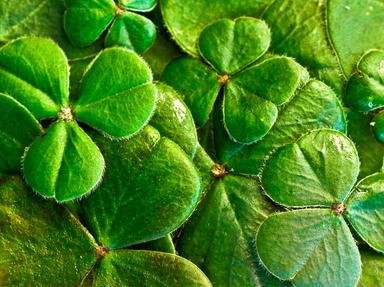Quiz Answer Key and Fun Facts
1. There are two main types of dances which are danced competitively in light shoes by adult dancers. What are they?
2. In dancing, there are five levels through which a dancer may progress. Find the list below in which they are arranged correctly, starting with the lowest level, and progressing to the highest.
3. Once you reach the second-highest level, many girls buy a special dress to wear for competitions which is unique to them. What is this dress called?
4. Very curly wigs have become almost obligatory for girls in Irish Dancing competitions in recent times. If you were looking to buy a wig, how would you find the different types listed?
5. What are Irish dancing competitions known as at a local level?
6. Onto the dancing then! In Irish dancing, the placement of the feet is very important. How are you supposed to place your feet while dancing?
7. How you hold your hands while dancing is also very important. How are you supposed to keep your hands while dancing an individual dance?
8. It has been alleged that Irish dance has had a great influence on another type of popular dance. What is it?
9. No quiz on Irish dancing would be complete without mentioning "Riverdance". In what year was the first performance of this famous show?
10. What traditional set dance is named after a famous saint whose name is usually associated with Ireland?
Source: Author
yavemiel
This quiz was reviewed by FunTrivia editor
agony before going online.
Any errors found in FunTrivia content are routinely corrected through our feedback system.
